Do Cats Like Their Paws Touched? 6 Reasons Why They Don’t Like It.
Have you ever been in a situation wherein you look at your feline friend, and they are so adorable that you want to introduce yourself and shake hands? Then, most probably the most common reaction that you’d get is that they immediately withdraw their paws like if you have a disease within you and they don’t want to be contaminated by you shaking their hands. Of course, you might see it as unfriendliness, that they are not pleasant enough to you, but these reflexes on cats have valid reasons.
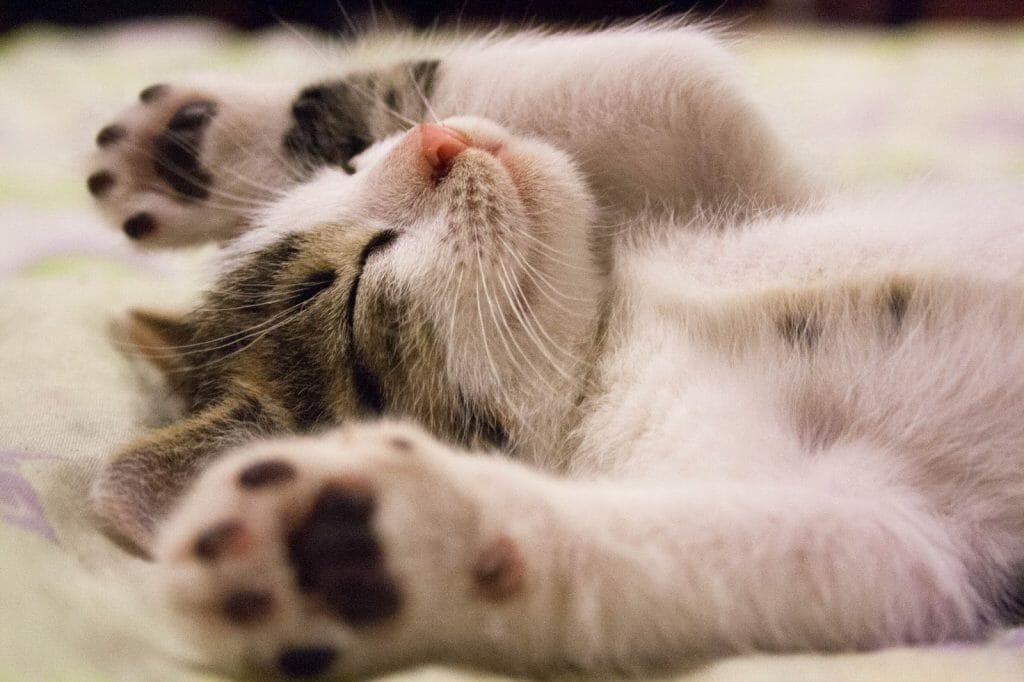

Cats don’t like their paws to be touched, and you are lucky enough if they quietly tug away their hands. Because others can become aggressive, they will hiss at you, bite you or give you claw marks if they become too angry.
They have valid reasons to do this and before we judge our cats or other cats. So let us get to know them further by understanding why they have to do it.
Table of Contents
6 Reasons Why Cats Don’t Like Their Paws Touched.
Listed here the reasons why cats don’t like their paws touched and will help you understand their side of the story.
- It’s Their Defense Mechanism
If there is one thing that you use to defend yourself from harm, then you don’t want other people getting it or borrowing it from you because it makes you feel safe. A similar situation is also valid for cats; their paws are their best defense mechanism, and not allowing other people to touch it keeps them protected and ready.
Cats don’t like to be vulnerable; they have to protect their paws because they need it. So even if they are domestic cats, they have a prey-like instinct that makes them want to be on guard for possible situations all the time.
You have to understand this side of them as a pet owner and a friend to these felines.
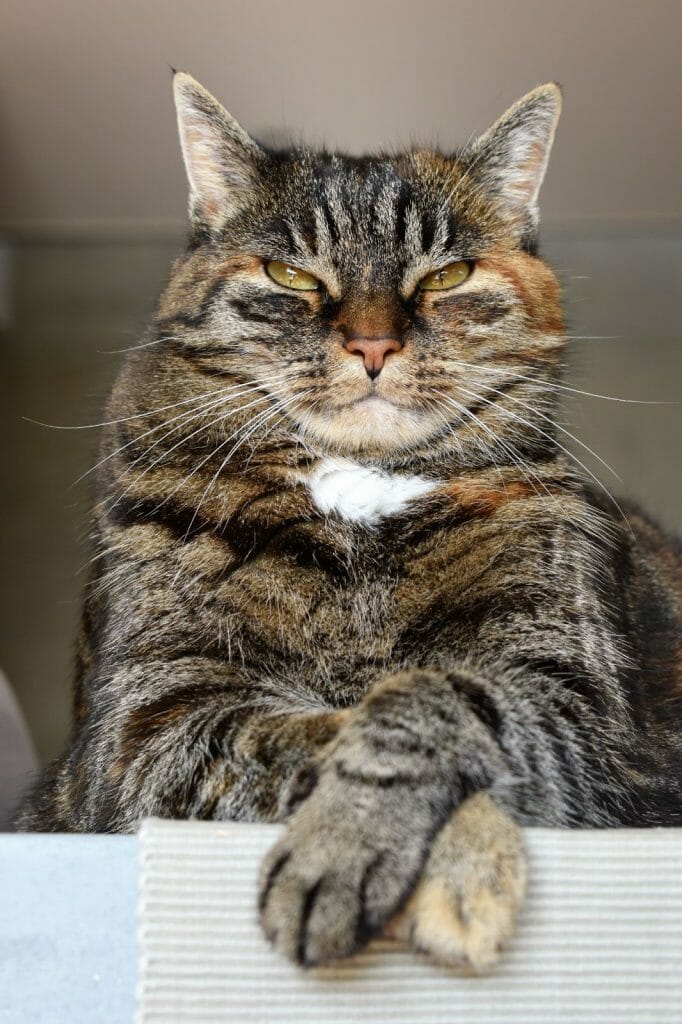

- Their Paws Are Very Sensitive.
They don’t like people touching their paws because it has tons of nerve endings on their pads. It has many functions for cats that it is too important on their part.
The paws of your cat function as a shock absorber that will protect their bones and joints from constant running, climbing, walking, and swimming. Not only that, the nerve receptors on their paws will allow them to recognize changes in temperature, the texture of the surface, and pressure. In addition, their paws will enable them to feel pain as well due to its sensitivity.
Another fantastic thing about their cat paws is that they can detect vibrations which means they can hear better and notice if an object or a person is approaching. So through their paws and other sensory abilities, they are much aware of their surroundings.
Therefore, beware if you decide to give paw touches to your pet because it will be a sensory overload for them. And they will feel uncomfortable, and even it will be painful for them. Instead, opt for a touch on the face or belly rubs for human interaction.
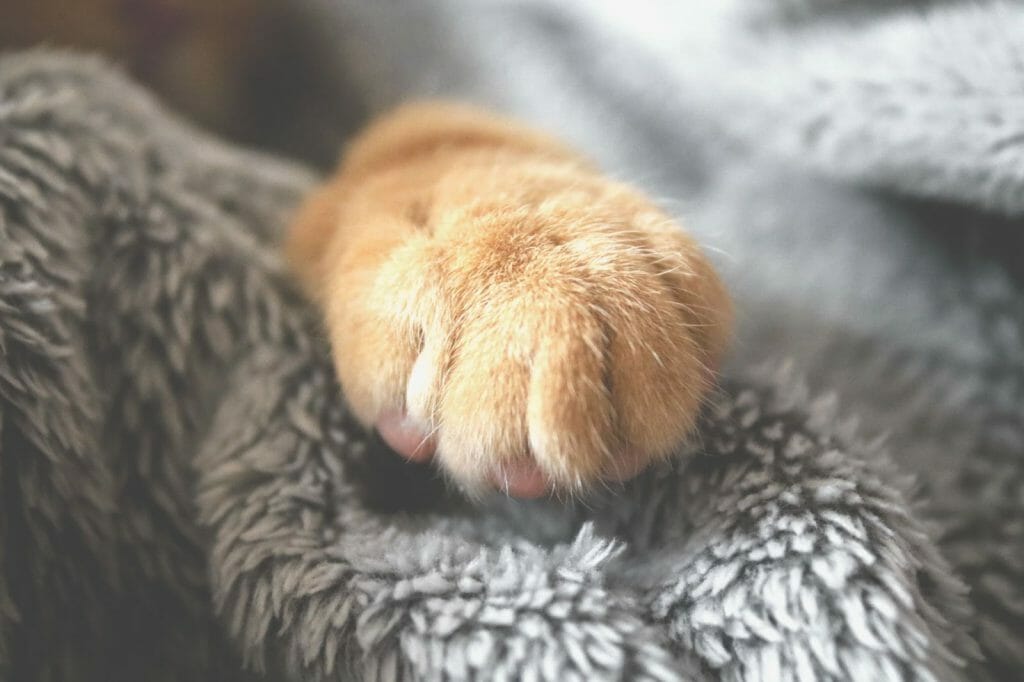

- They Have Injuries.
Another reason why they don’t like their paws touched is because they are suffering from an injury you did not know about. Cats can get injuries during their playtime, climbing activity, and accidents. In most cases, they will just let it heal if you did not notice your cat’s condition. And because your cat has a high sensitivity to its paws, then the pain for injuries will be heightened.
Always inspect your cat for any playtime injuries and respect them if they don’t want their paws touched. Because oftentimes when cat owners are busy, your cat will just tend to sleep their pain and rest for days so that their injuries eventually get healed.
- They Have Past Traumas
Cat’s often associate bad experiences with strong emotions they have felt in the situation. And if one of their paws involves their paws, they will most likely not ever allow you to touch it or even be near to it.
One of the instances is that they probably hate you because you are trying to cut their nails. It will be painful for them because they are sensitive on their paws, plus it is their defense mechanism in which you have invaded and have done some changes. Intelligent cats will prevent themselves from experiencing bad situations again, contributing to why they don’t like their paws to be touched.
- You Touched Their Paws Harshly
Frequently, a person with no interest in cats will be harsh on them. Or better yet, they do not mind the cat’s feelings because they think they are just animals. So the cat will retaliate when you touch their paws roughly, causing pain. And when you squeeze it as if it’s a baby’s hand you are holding.
Try gentle touches on your cat, not just on its paws but also on its head, neck, and bellies. They may be pregnant, and your hand is like a hammer that will make them feel unsafe.
- Senior Cats Don’t Like It.
It is given that cats don’t like their paws to be touched because of the above reasons. In addition, this will be truer on senior cats due to their age; they will hate when you touch their paws because of osteoporosis. Furthermore, their joints may be stiff due to old age, and it is a huge discomfort and distress for them.
What Does It Mean When a Cat Let You Touched Its Paws
Not all cats will bat your hand away or hiss at you when you touch their paws. Instead, other cats will allow you as if they do not care about the simple touch. When this happens, the probable reasons might be the following:


1. They Are Trained
Cats that have the training and are used to human interactions will let this paw-handling gesture happen because it often happens to them. Most of the time, they are with people, and they love to socialize with them.
2. They Trust You.
Cats that trust you will allow you to touch their paws. You may have made some good gesture that they decided that you are good and will not harm them. For owners that have a close bond to their felines, they may allow you to act because of your kindness and that they will entrust their life to you.
3. They Are Happy.
Most probably, when a cat is too busy to be happy and alive, then it will not think of any danger surrounding them. Instead, cats will allow you to touch their paws because it means they are content and happy with you and your home. It also means they are grateful for all the care and food you have provided that they will most likely just let anything you do to them allowed as long as you don’t abuse them.
Tips to Handle Your Cat Paws
Although, it is okay with you not to touch your cat’s paws. There will be instances that you need to touch them. It’s best that you still provide training for your cat to be used to activities like cleaning its paws and trimming its nails.
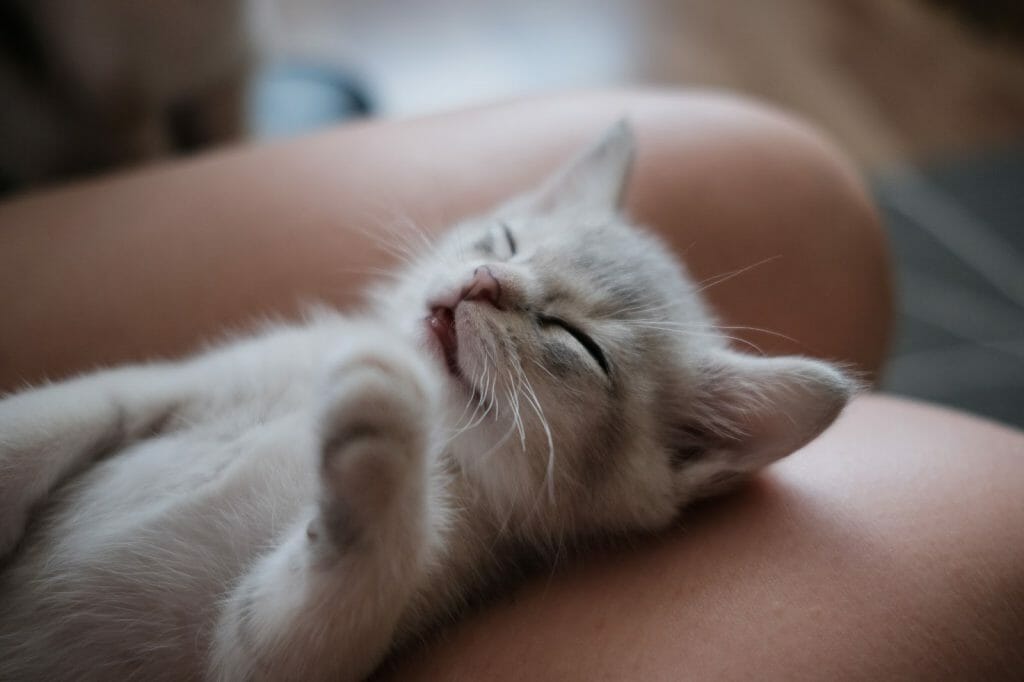

- Train When They Are Asleep
Cats are cuddly creatures, and you can make them use to paw touches when they are asleep. Hold their hands gently, without them waking up, and continue to do this for them to get used to the act. In addition, you should do this when your cat has gone through some exercise or active activity so that exercise will drain them with energy that they will not instantly notice paw touches. Most likely, they will receive paw touches training with less aggression when they are asleep.
- Allow Your Cat Paws to Just Be on Top of Your Hand
First, let them trust you by just allowing the cat paws on top of your hand. You don’t necessarily have to squeeze their paws because it might be painful at first and that they are not used to you doing it. Moreover, you have to pat their heads, give them belly rubs, or brush their hair first before you incorporate the training so that they will feel loved and thus trusting you more.
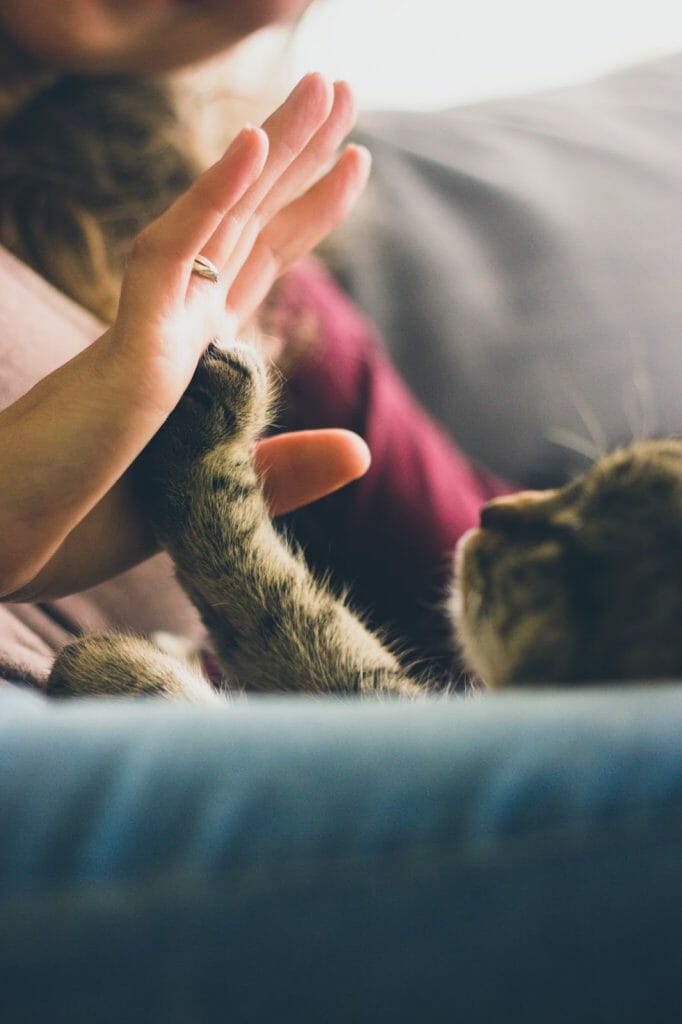

- Gradually Pet Cat Paws
When you are done with the things above, you will now have to try to hold the back of your cat’s paws and see if they reacted to that touch. If they do, remove your hand right away and distract them by playing with them or talking to them. And then, do it repeatedly for them to get comfortable.
- Wrap Your Hand on Cat Paws
Try wrapping your hand on your cat paws but remember not to squeeze it; just do it gently and if they again react, remove your hand right away. However, don’t give up and continue incorporating this training into your pet.
- Take Your Time
You should also note that it will take tons of patience from you as you have to do it repeatedly. But, always remember to take time slowly and do not rush your cats to learn right away. By taking your time slowly, you can free yourself from stress and your feline to not feel attacked and pressured with the paw training.
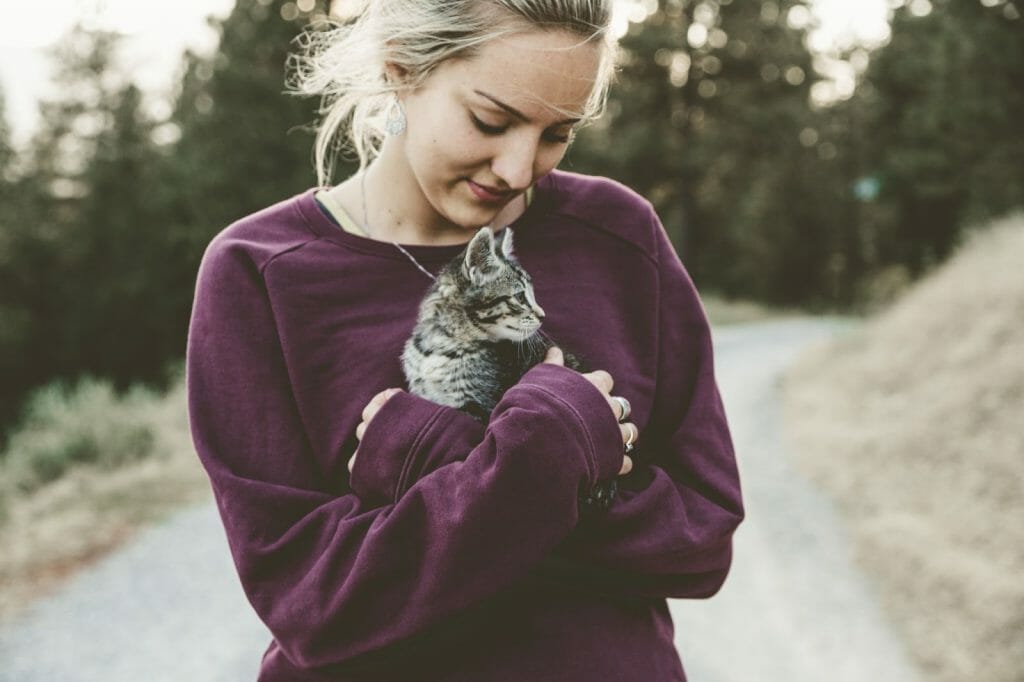

- Give Them Yummy Treats
One of the most effective ways to train cats is to give them treats. By doing this, you can replace a situation they hate with something that they love and enjoy. Hold their hand and praise them if they allow you and give them a treat. Then, do it again until they learn and feel comfortable clipping their nails and cleaning their paws.
Fascinating Facts about Cat Paws.
Find out these astonishing facts about your cat paws!
- Interestingly, cats have a preference on which cat paw to use. It was found out by the researchers of the Animal Behavior Centre of the Queen’s University in Belfast that 75% of cats have a preference on which cat paws to use. Furthermore, the study resulted in men preferring left paws while women on the right paw.
- Have you ever wondered where cats sweat? Well, they sweat on their paws! Their paws are the only way they get sweat because their sweat glands are only found there. It was designed to regulate a cat’s body temperature. In addition, it prevents them from overheating. Moreover, when cats are scared oranxious,they have sweaty paws..
- Another remarkable fact about your cat paws is that it is their way to mark their territory. Did you ever find your cat scratching on your furniture or any area of your home? They probably leave their mark and scent for other cats to know that it is their turf. Your cat paws also have a scent gland in which they leave the scent for cats as their way to communicate to other cats. The scent is not for us, though, so we can smell it.
- Your cat walks on tiptoes. Cats are digitigrades, animals like dinosaurs that only walk on tiptoes. Your cat paws are more like a toe than feet. The second bend of your cat is the feet, and next to it is the paw/toe. These paws allow them to move faster and quieter, making them efficient cat chasers and escape artists.
Learning about cat’s body language and their body parts helps understand their behavior. Not only will it avoid pains, but this will also inform you of the necessary care that you have to do on your cat. Always make them feel secure so that they don’t have to use their best defense, its paws.
In addition, we can practice consent or respecting our pet’s privacy and decision by allowing them to withdraw their paws when we want to hold them. Remember not to force the process because it is not the same with you holding your friend’s hands.
